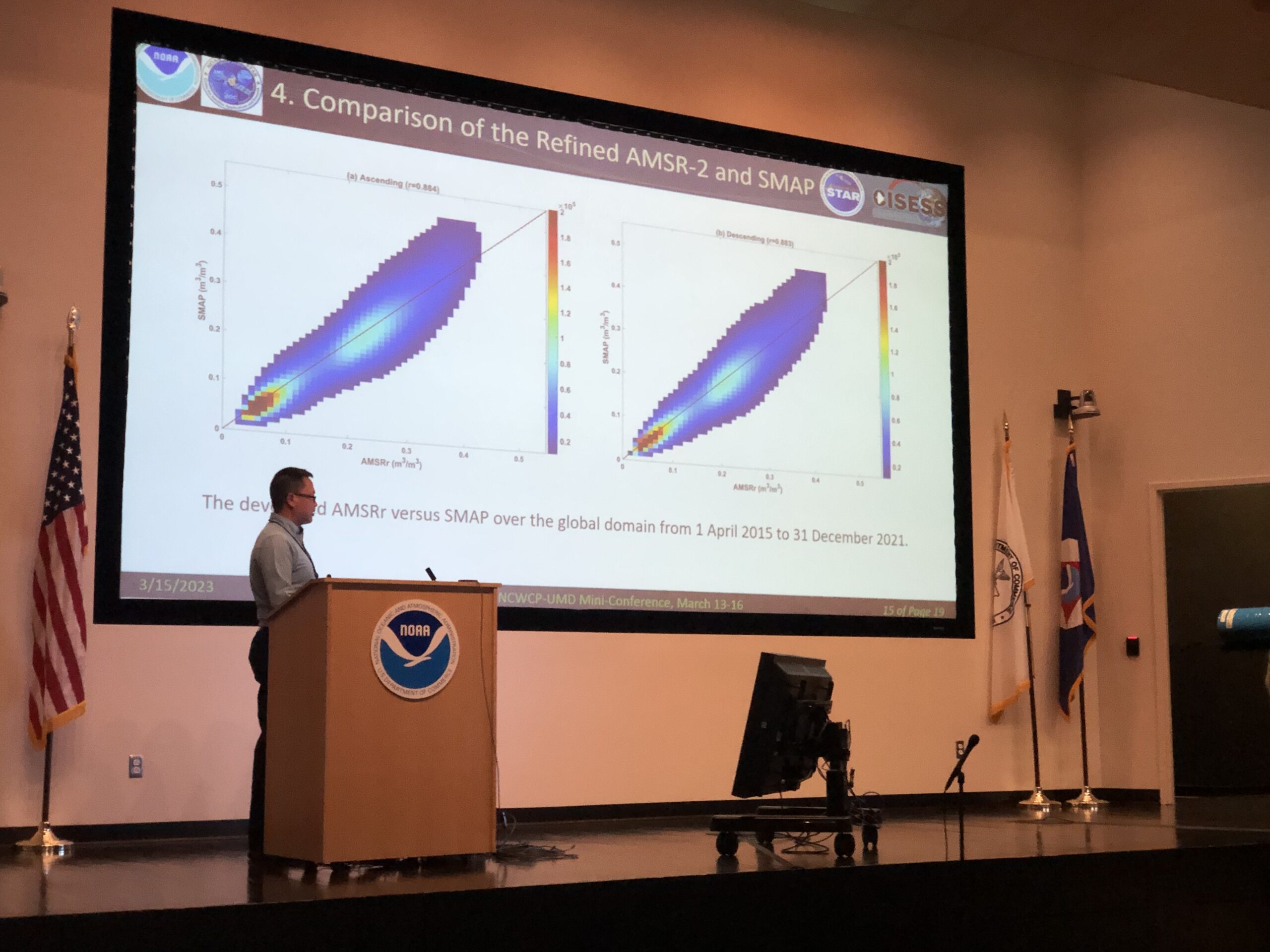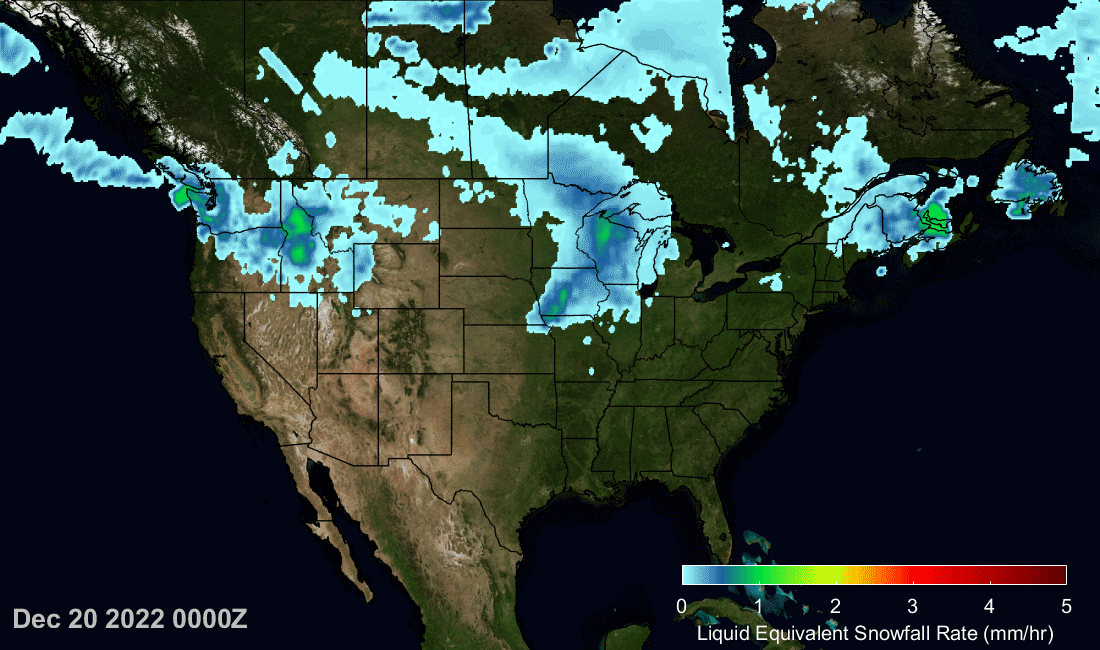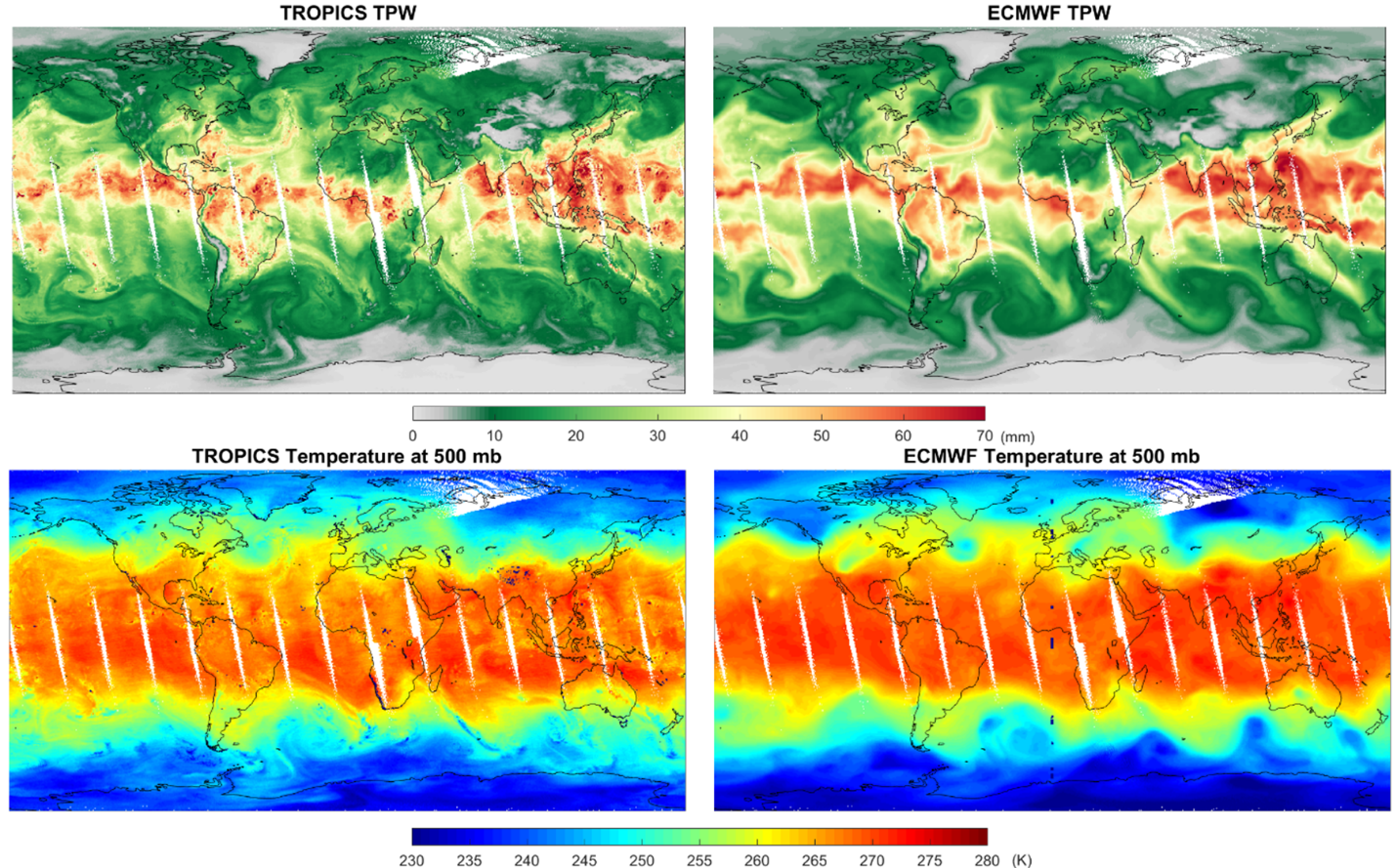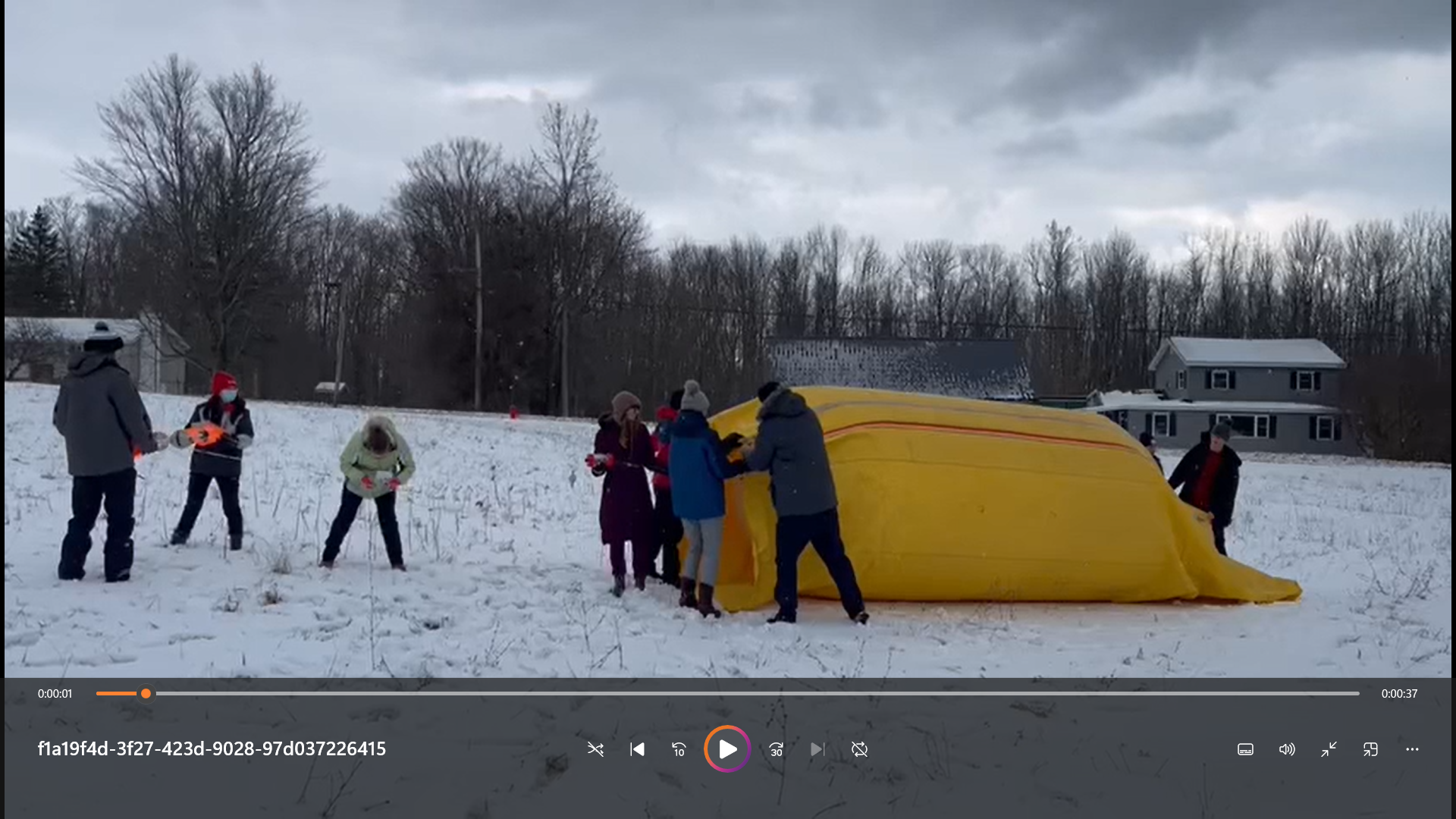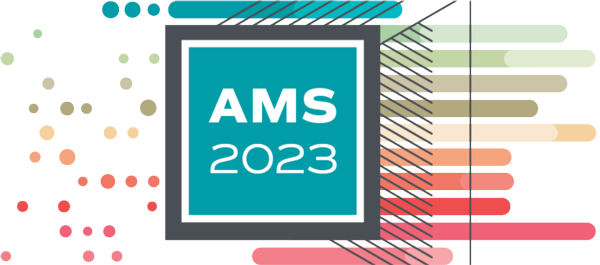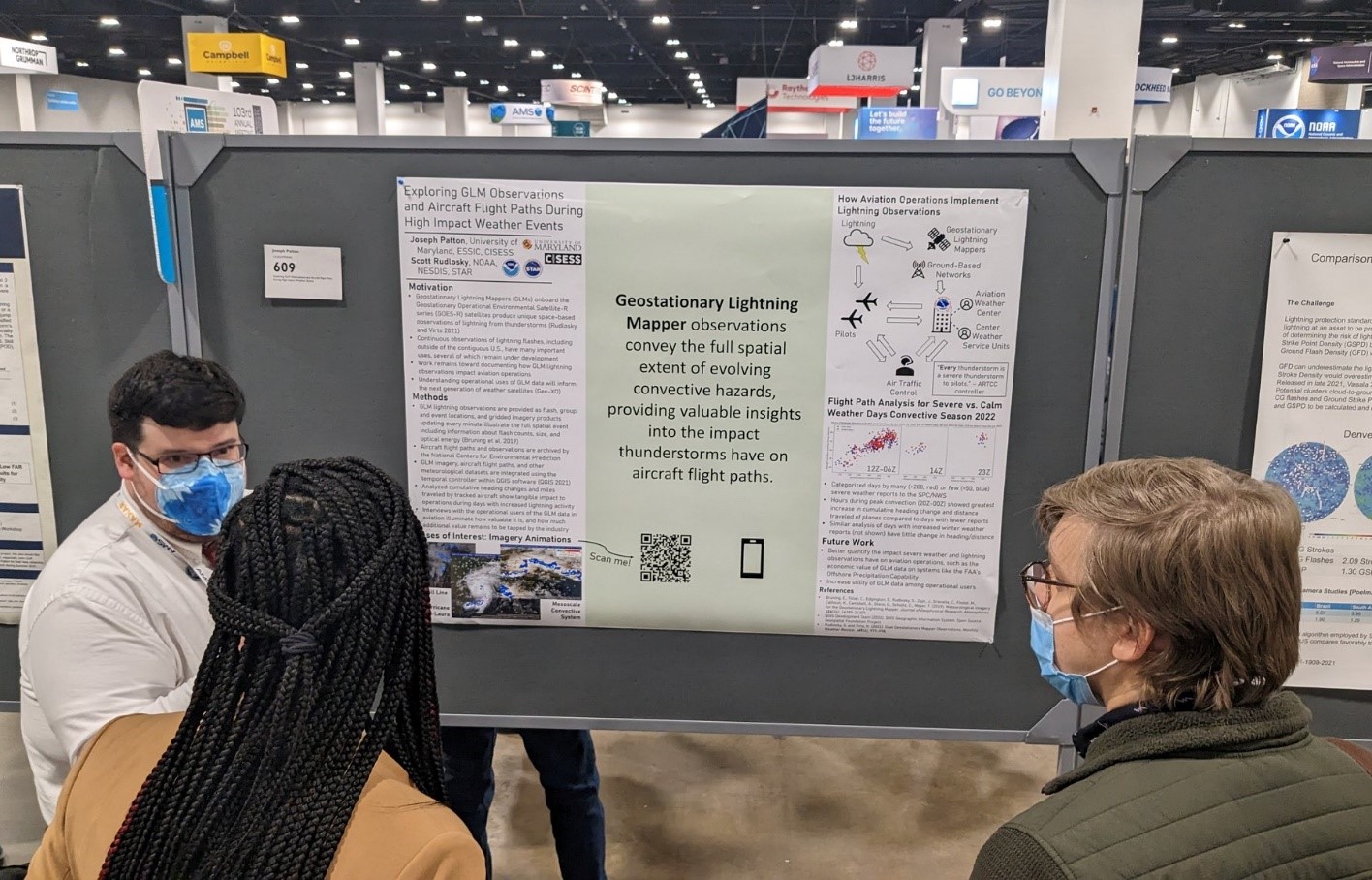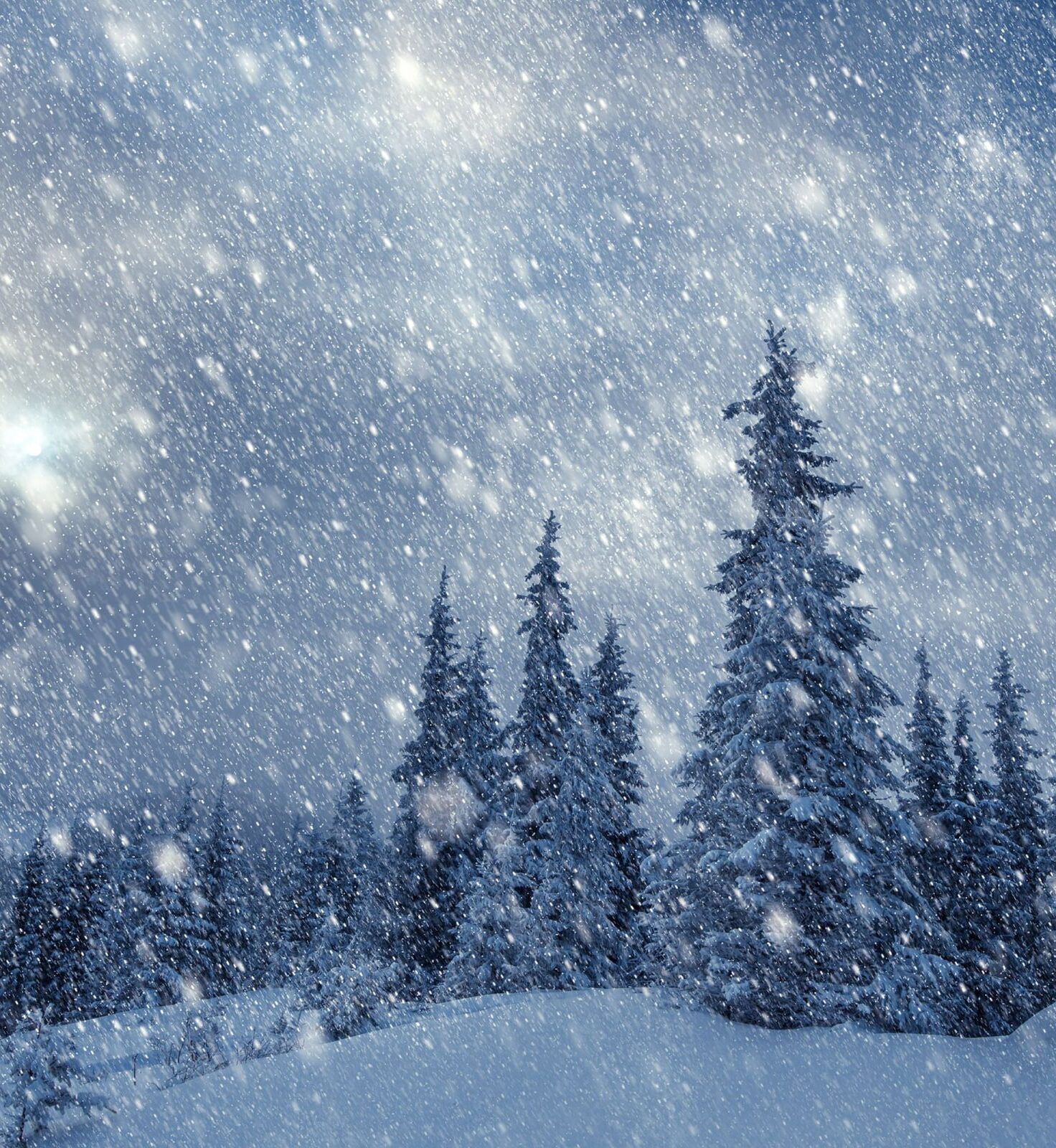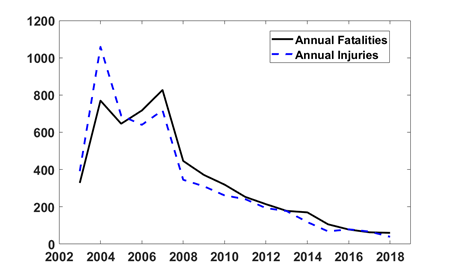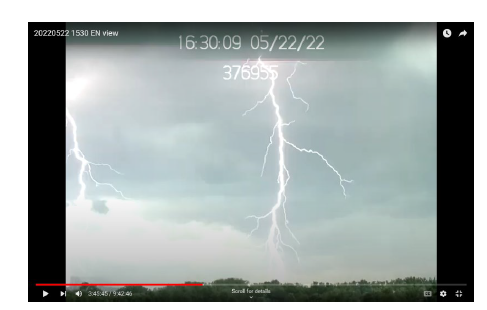
Building & Deploying Tools to Better Observe Lightning in the Washington D.C. Region & Beyond
In January 2022, ESSIC/CISESS Scientist Daile Zhang won a CISESS Seed Grant to evaluate NOAA’s Geostationary Lightning Mappers (GLMs) on the GOES-16 and -17 Satellites and the upgraded Mid-Atlantic Lightning Mapping Array (MALMA) using a network of low-cost and innovative atmospheric electricity and lightning measurement tools to take lightning videos. Recently, the initial Seeds Grant period ended and Zhang reported her results.


